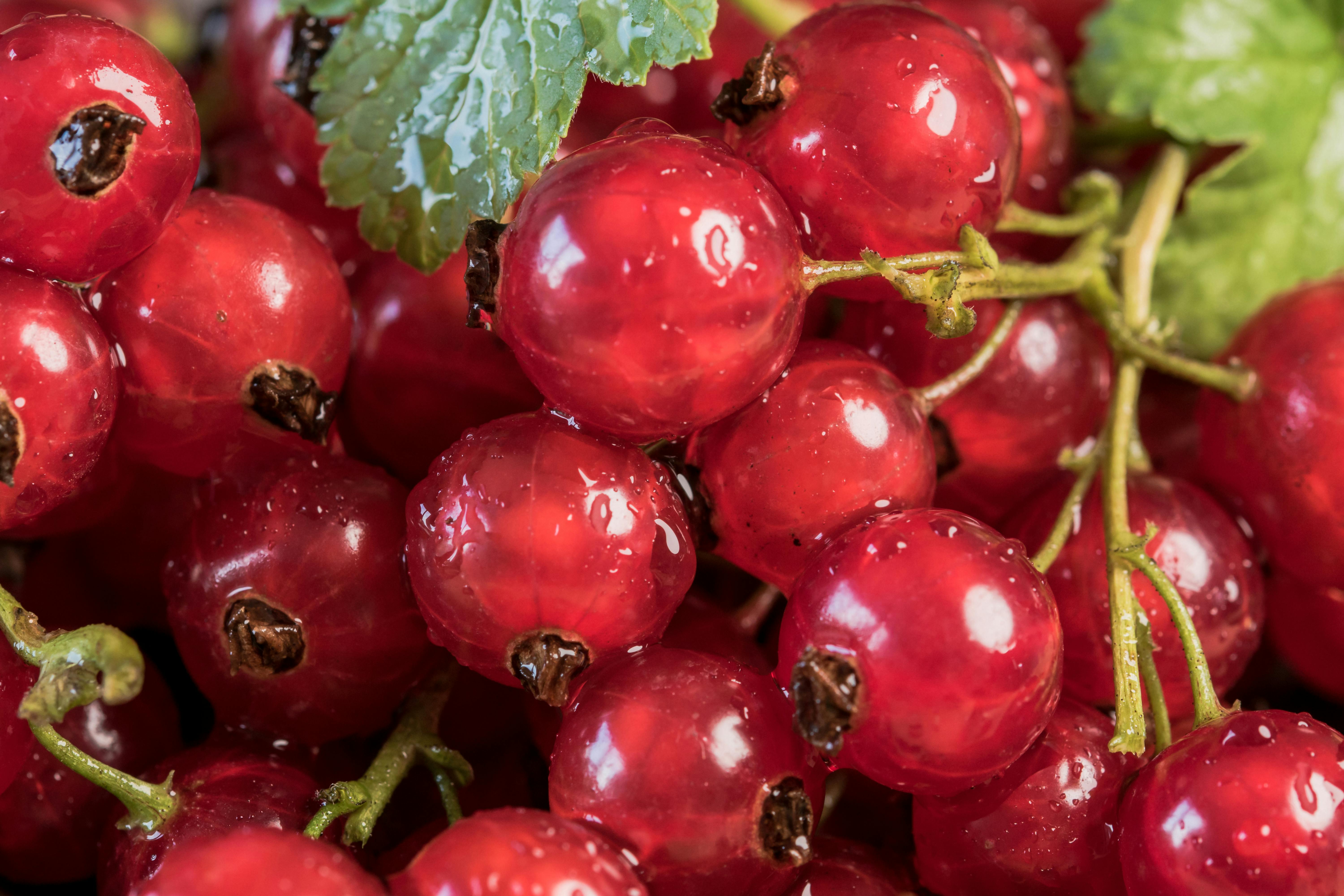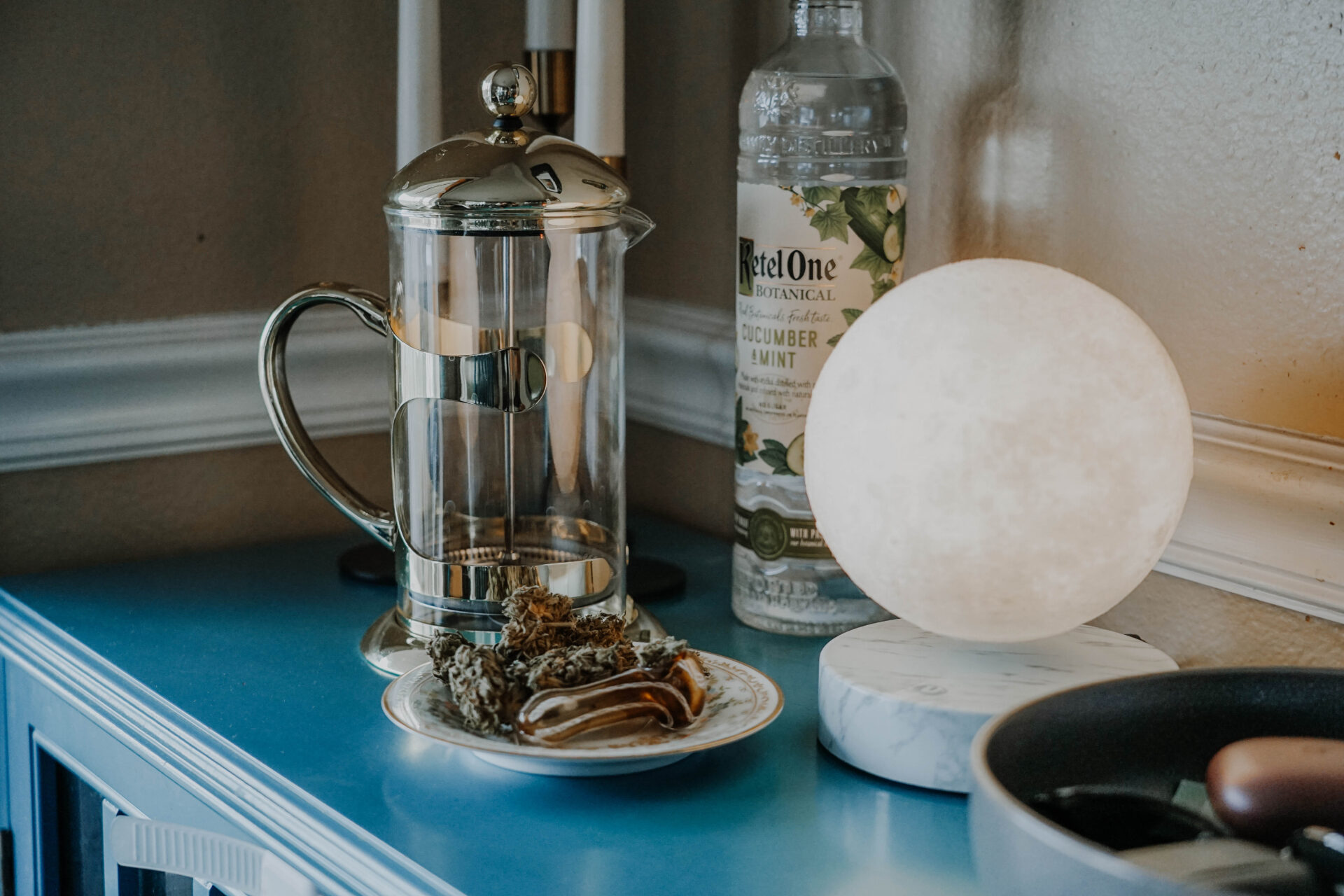If your pet ball python has stopped eating, it can be concerning and frustrating. It is important to understand why this may have happened and what can be done to help your snake resume its normal eating habits. In this article, we will discuss the possible reasons why your ball python may not be eating, as well as some tips you can use to encourage it to feed again.There are several potential reasons why your ball python might not be eating. Common causes include environmental stress, incorrect temperature or humidity levels, improper lighting, health issues, and being in the wrong stage of their natural cycle. Other less common causes may include the snake being too young or too old, overfeeding, poor nutrition, or the presence of parasites. If your ball python is not eating regularly, it is important to take them to a veterinarian for an examination to determine the cause.
What to Do If Your Ball Python Is Not Eating
If you have a pet ball python that is not eating, there are several steps you can take to try to get them back on track. First, check for signs of illness or injury. If your python is showing any signs of illness or injury, it may be refusing food as a way to protect itself. If this is the case, take your pet to the vet for a check-up and treatment if necessary.
If your pet appears healthy, it could be that the food isn’t fresh enough or of good enough quality. Make sure you are feeding your snake with fresh prey items such as mice, rats, chicks or quail. Also check to see if the temperature of the enclosure is too cool which can make snakes lethargic and less likely to eat. Try raising the temperature slightly until it is at an optimal level for your ball python’s species and size.
It could be that your snake needs a change in routine or diet. You can try feeding them at different times of day and with different varieties of food items such as frozen rodents or live insects like dubia roaches. You can also offer different sizes of prey items if you normally feed small mice and switch it up with larger prey like adult rats every once in awhile.
Finally, it may help to provide extra enrichment such as hiding spots or branches for climbing in their enclosure as this will encourage natural behavior which can stimulate their appetite. However, if none of these methods seem to be helping then it could simply be that your snake has gone into brumation season and isn’t eating due to decreased activity levels during this time.
If all else fails then consult with a reptile veterinarian who will be able to provide further advice on how best to get your ball python back on track with its eating habits again.
Dietary Requirements for Ball Pythons
Ball pythons are carnivorous and require a diet consisting of mice, rats, and other small rodents. They should be fed once every week to every 10 days, depending on their size and age. Young ball pythons should be fed smaller prey items such as pinky mice or young rats. As they get older, they can be gradually offered larger prey items such as adult mice or small rats. It is important to choose appropriately sized prey items so that the ball python can swallow them easily.
When feeding a ball python, it is important to make sure that the prey has been thawed properly before offering it to the snake. Prey items should never be offered to your snake while still frozen or partially thawed. Feeding frozen prey can cause serious health problems for your snake, including digestive issues and impaction.
It is also important to remember not to overfeed your ball python. As with any pet, obesity is a real concern with snakes and can lead to health complications down the road. As a general rule of thumb, you should not offer more than two prey items at one time – one for each meal – as this will help ensure that your snake stays healthy and fit.
Additionally, ball pythons should have access to clean water at all times in order to stay hydrated. This water should be changed daily and kept in a bowl large enough for them to soak in if needed. A shallow water dish is ideal for smaller snakes like ball pythons because it prevents them from drowning if they accidentally fall into the bowl while drinking or soaking in it.
How to Know If Your Ball Python Is Healthy
Having a pet is a great responsibility and keeping track of their health is the main concern of every pet owner. Ball pythons are one of the most popular pet snakes and knowing how to identify if your ball python is healthy or not can be difficult. There are several signs you can look for to ensure that your ball python is in good health.
First, make sure your ball python has a regular appetite. A healthy ball python will eat two to three times a week. If they are not eating, it could be an indication of a health issue or other problem. Additionally, check for any swelling in the body or around the eyes as this could be a sign of infection or injury.
Also, observe how active your ball python is. A healthy snake will move around its enclosure often and will not hide too much during the day or night. Make sure you have enough hiding spots in the enclosure so that your snake can feel safe and secure without feeling like it needs to hide all day long.
Lastly, inspect your ball python’s skin for any signs of injury or disease such as discoloration, scales that appear dull, missing patches of scales, or areas where scales may have fallen off completely. Also check for any skin lesions which could indicate infection. If you notice any changes in your snake’s skin, contact an experienced reptile veterinarian as soon as possible so that they can provide the necessary treatment before the condition worsens.
Overall, with proper care and attention, you can ensure that your ball python remains healthy and happy for many years to come! Keep an eye out for any changes in their behavior or physical appearance so that you can address them quickly if needed.
Common Challenges with Feeding Ball Pythons
Feeding ball pythons can be a challenge for many snake owners. It is important to understand the natural diet of these snakes, as well as their needs and behaviors, in order to ensure that they are fed properly. Some of the common challenges associated with feeding ball pythons include:
1) Selecting Appropriate Prey Items: Ball pythons are naturally carnivorous and will feed on a variety of prey items including rodents, lizards, and even frogs. It is important to select prey items that are appropriate for your pet snake’s size and age. For example, a baby ball python may not be able to handle large prey items such as adult mice or rats.
2) Acclimating Prey Items: Before offering a live prey item to your ball python, it is important to acclimate the prey item to the enclosure temperature. This can be done by placing the prey item in a container with some bedding material and allowing it time to adjust before placing it in the enclosure with your snake. If you are feeding pre-killed prey items, you should make sure they are completely thawed before offering them to your snake.
3) Providing Variety: While some ball pythons may only eat one type of food item, it is important to try and provide variety within their diet. Variety helps ensure that your pet snake receives all of the necessary nutrients needed for proper health and growth.
4) Overfeeding: Overfeeding is a common problem among many pet owners. It is important not to overfeed your pet snake as this can lead to obesity, which can lead to health problems such as respiratory issues and difficulty shedding. When offering food items, always offer small amounts at a time and never leave uneaten food in the enclosure after feeding time has ended.

Introducing New Food Items to Your Ball Python
If you own a Ball Python, you may want to introduce new food items into its diet. This is a great way to ensure that your pet is receiving a balanced and nutritious diet. Here are some tips on how to properly and safely introduce new food items to your Ball Python.
Firstly, you should research the type of food you would like to introduce. Make sure that the food item is safe for your snake and appropriate for its size and species. It’s also important to consider the nutritional value of the food item; make sure it contains all of the necessary vitamins and minerals that your Ball Python needs.
Once you’ve chosen an appropriate type of food, start by introducing it in small amounts. Give your snake just enough so that it can eat it in one sitting. Monitor how your snake reacts to the new food item; if it doesn’t seem interested or appears unwell after eating it, then you may want to consider trying something else.
When introducing new foods, be sure to remove any uneaten food from its enclosure after 15 minutes or so – this helps maintain a healthy environment for your snake and prevents bacteria from growing on leftover scraps. Additionally, be sure not to overfeed your snake; too much food can cause health issues such as obesity or intestinal blockage.
Finally, be patient with your snake as it adjusts to the new diet changes – it may take time for them to get used to eating different types of foods. If your Ball Python still won’t eat the new item after several attempts, then you may want to try something else or consult with a veterinarian for advice on how best to proceed.
By following these steps and doing adequate research beforehand, you can successfully introduce new foods into your Ball Python’s diet without any issues!
How Often Should You Feed Your Ball Python?
Feeding your ball python is an important part of keeping them healthy and happy. As a general rule, ball pythons should be fed once a week. Young ball pythons should be fed more often than adults, as they are growing and need more nutrition. Juvenile ball pythons should be fed every 5-7 days, while adult ball pythons can usually be fed every 7-14 days.
It is important to remember that you should never feed your ball python more than it can eat in one sitting. A good rule of thumb is to offer your snake no more than one prey item that is at least as big around as the widest part of the snake’s body. If your snake does not eat its entire meal, you may want to consider reducing the size or frequency of feedings.
When feeding your ball python, it is also important to make sure that the prey you provide is appropriate for its size and age. Hatchling and juvenile ball pythons should primarily be offered small mice or pinky mice, while adult ball pythons may require larger prey items such as large mice or rats.
In addition to adjusting the size of the prey you offer, it is also important to adjust the temperature of the food before feeding it to your snake. For hatchlings and juveniles, their meals should be warm to the touch (about 88-90 degrees Fahrenheit). For adult snakes, their meals should be slightly cooler (around 80-85 degrees Fahrenheit).
Overall, when it comes to feeding your ball python, there are some general guidelines you should follow in order to ensure your snake stays healthy and happy. Be sure to feed your snake once a week at most; adjust the size of prey according to age; and adjust temperature according to age before offering food. By following these guidelines, you can help ensure that your ball python gets all the nutrition it needs!
Benefits of Variety in Diet for Ball Pythons
Providing a variety of foods in your ball python’s diet can be beneficial for their overall health and well-being. Variety is important because it helps to provide the necessary nutrients and vitamins that are essential for a healthy snake. A varied diet can also help to keep your ball python interested and engaged in their meals, reducing the risk of boredom or picky eating. Additionally, offering different food sources can help to stimulate natural behaviors like hunting, which is an important part of their diet in the wild.
In addition to providing essential nutrients, vitamins, and stimulation, providing a variety of foods can also help to reduce stress for your ball python. Eating a variety of foods ensures that they will not become bored with what they are eating, which can lead to stress or even illnesses. Additionally, offering different types of food can be more enjoyable for them and provide a more enriching experience than just one type of meal every day.
Finally, providing variety in your ball python’s diet is important because it helps to ensure that they are getting all the nutrients and vitamins that they need. Different types of food offer different nutritional benefits, so by providing a variety you are helping to make sure that your snake is getting everything it needs for optimal health. Additionally, some foods may have higher levels of certain vitamins or minerals than others, so offering variety will help ensure they are getting the full range of nutrients needed for optimum health.

Conclusion
There are many possible reasons why a ball python won’t eat, and it can be difficult to determine the exact cause. However, by understanding the signs and symptoms of common health issues, such as parasites or bacterial infections, you can take steps to address their diet-related issues. If dietary changes don’t help, consider talking to a veterinarian for professional advice.
It is important to remember that ball pythons are naturally shy animals and require special care and attention to ensure they stay healthy. Taking the time to understand their needs and providing them with a safe environment can go a long way in helping them feel comfortable enough to feed regularly.
With patience, persistence, and knowledge of ball pythons’ needs, it is possible to get your pet python eating properly again.




